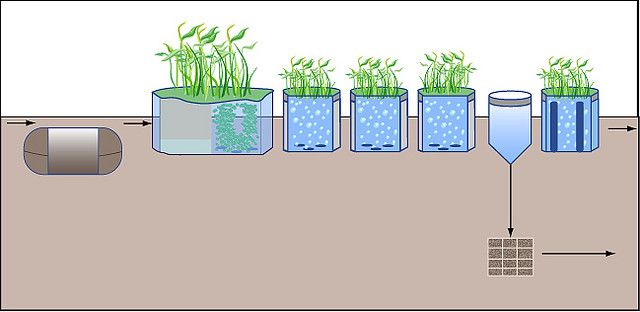-
 3G
3G
-
 Mitochondrial DNA
Mitochondrial DNA
-
 Palliative
Palliative
-
 Apoplast
Apoplast
-
 Statin
Statin
-
 Perseids
Perseids
-
 OFDM
OFDM
-
 Asymptomatic
Asymptomatic
-
 Carbonate rock
Carbonate rock
-
 ATRAC3
ATRAC3
-
 Sessile oak
Sessile oak
-
 Transient Ischaemic Attack
Transient Ischaemic Attack
-
 Giant star
Giant star
-
 Opiate antitussive
Opiate antitussive
-
 ENVISAT
ENVISAT
-
 Phylogenesis
Phylogenesis
-
 Sternum
Sternum
-
 Aerophagia
Aerophagia
-
 Symbiosis
Symbiosis
-
 CMB
CMB
-
 Epiphyses
Epiphyses
-
 Angiogram
Angiogram
-
 Monogyny
Monogyny
-
 Decoy hunting
Decoy hunting
-
 Hemolymph
Hemolymph
-
 Unsaturated polyester
Unsaturated polyester
-
 Terminator
Terminator
-
 Entropy
Entropy
-
 Wave velocity
Wave velocity
-
 European crab apple
European crab apple
Phytoremediation
Phytoremediation is a remediation technique based on plants and their interactions with the soil and microorganisms. In particular, this technique includes water purification and soil remediation. The technique's efficiency in addressing air pollution is often disputed.
In conjunction with the soil's microorganisms, plants and algae reduce the mobility of some pollutants (phytostabilisation), absorb them (phytoextraction), fix them in their tissues (phytostabilisation) or metabolise them, detoxifying and eliminating them (phytodegradation).
Advantages of phytoremediation
Phytoremediation has the advantage of being generally innocuous, low cost and makes use of plant material or fixed elements. On the other hand, the process is long and allows some of the pollutants to escape. In addition, it is not suitable for some types of pollution and impossible if the level of toxicity is too high for the plants.
 Diagram of a phytoremediation treatment system for used water. © MIT OpenCourseWare CC by-nc-sa 2.0
Diagram of a phytoremediation treatment system for used water. © MIT OpenCourseWare CC by-nc-sa 2.0
Latest
Fill out my online form.



